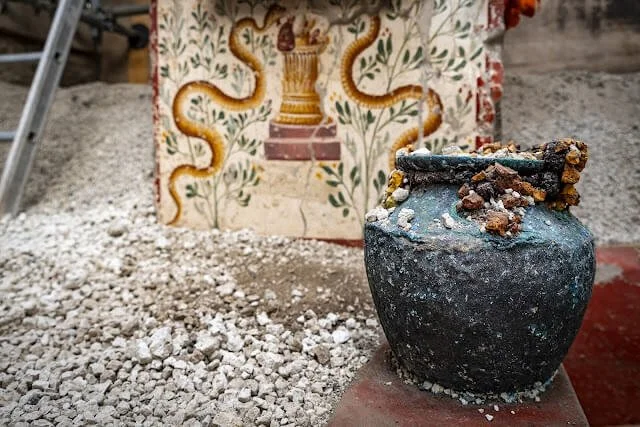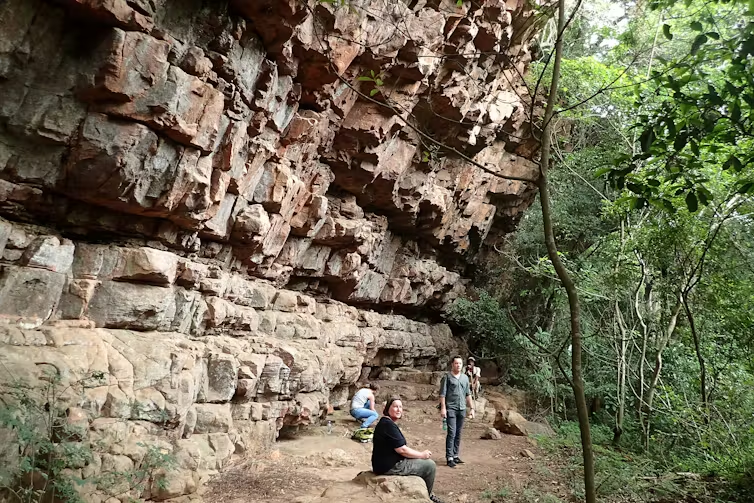An impressive building named the "House of Phaedra" has been brought to light by archaeological excavations in Pompeii, revealing exceptionally well-preserved frescoes.
The archaeological dig in Pompeii uncovered a lavishly decorated yet unusually small house with exceptionally well-preserved wall paintings. It was named the "House of Phaedra," after the mythical queen of Athens depicted in one of the frescoes.
This discovery sheds light on the shift in architectural style during the 1st century AD. Unlike other houses in the archaeological site, this building was not constructed around the traditional Roman atrium—an open space with a basin for collecting rainwater, according to the announcement from the management of the Pompeii Archaeological Park. This design choice, according to archaeologists, is related to the changes Roman society, and specifically Pompeian society, was undergoing during the 1st century AD.
Despite its small size, the house "impresses due to its high-quality frescoes," comparable to those found in much larger and more luxurious residences nearby.







The thriving city of Pompeii and the surrounding area, located in southern Italy, were completely destroyed by the devastating eruption of Mount Vesuvius in 79 AD, which claimed the lives of thousands of people who were unaware they were living in the shadow of one of Europe’s largest volcanoes. Apart from the fresco of Phaedra and Hippolytus, who rejected the romantic advances of his stepmother, other mythological scenes depicted on the walls of the house include the encounter of a satyr with a nymph and the meeting of Aphrodite with Adonis. There are also several smaller yet detailed frescoes featuring landscapes.






